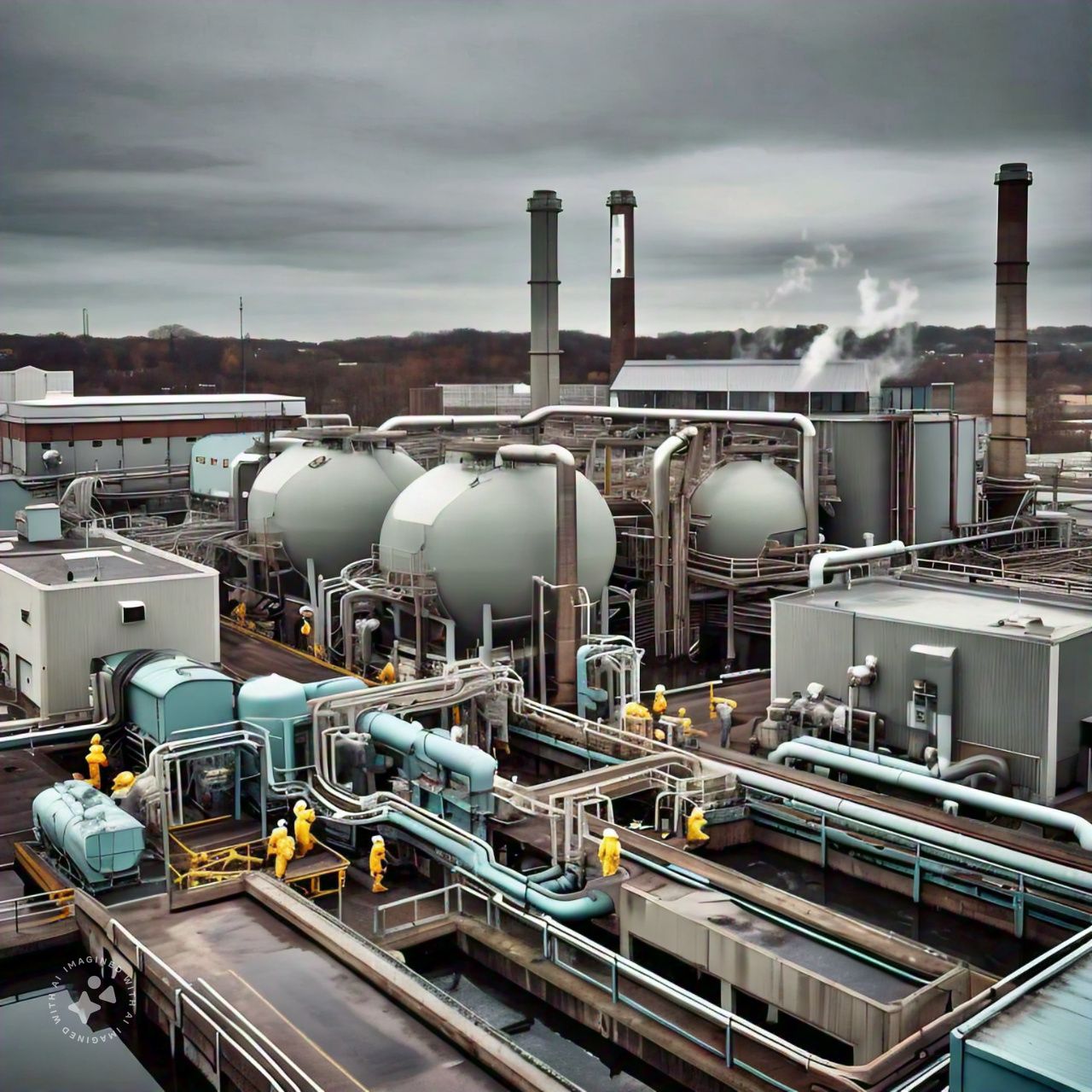
Bubble Technology Permanently Eliminates Toxic Chemicals from Water
Innovative Bubble-Based Technology Permanently Removes Toxic Chemicals from Water
The contamination of water by toxic chemicals, especially per- and polyfluoroalkyl substances (PFAS), known as "forever chemicals" due to their persistence in the environment, represents a significant challenge for public health and ecosystems. Recently, innovative bubble-based technologies have been developed to address this issue effectively.
Surface Active Foam Fractionation (SAFF) Technology
Companies such as Allonnia and Epoc Enviro have implemented SAFF technology, which uses air bubbles to remove PFAS from water. This method involves injecting air bubbles into contaminated water; due to the hydrophobic and hydrophilic properties of PFAS, these molecules adhere to the bubbles and rise to the surface, forming a concentrated foam that can be easily removed. This process allows large volumes of water to be cleaned efficiently without the use of additional chemicals.
Hydrodynamic Cavitation Reactor
Researchers at Oxford Brookes University have developed a hydrodynamic reactor that employs cavitation to remove PFAS from water. Cavitation involves the formation and collapse of bubbles due to pressure changes, creating conditions that break down PFAS molecules. This method has proven effective in degrading these toxic compounds, offering a sustainable solution for water purification.
Nanobubbles for Wastewater Treatment
Nanobubbles, gas bubbles with diameters smaller than 100 nanometers, have emerged as a promising solution for wastewater treatment. Due to their size and unique properties, they remain suspended in water for extended periods, enhancing gas transfer and facilitating the oxidation of contaminants. Companies like Moleaer have implemented nanobubble generators that increase efficiency in contaminant removal and improve the quality of treated water.
Applications and Benefits
These bubble-based technologies offer multiple advantages:
Energy Efficiency: They require less energy compared to traditional water treatment methods.
Environmental Sustainability: They do not produce harmful byproducts, reducing environmental impact.
Versatility: They can be applied across various industries, from wastewater treatment plants to potable water production.
In summary, bubble-based technologies, including surface active foam fractionation, hydrodynamic cavitation, and nanobubbles, represent significant advances in eradicating toxic chemicals from water. These innovations provide efficient and sustainable solutions to address one of the most persistent environmental challenges of our time.











LEAVE A COMMENT:
Join the discussion! Leave a comment.